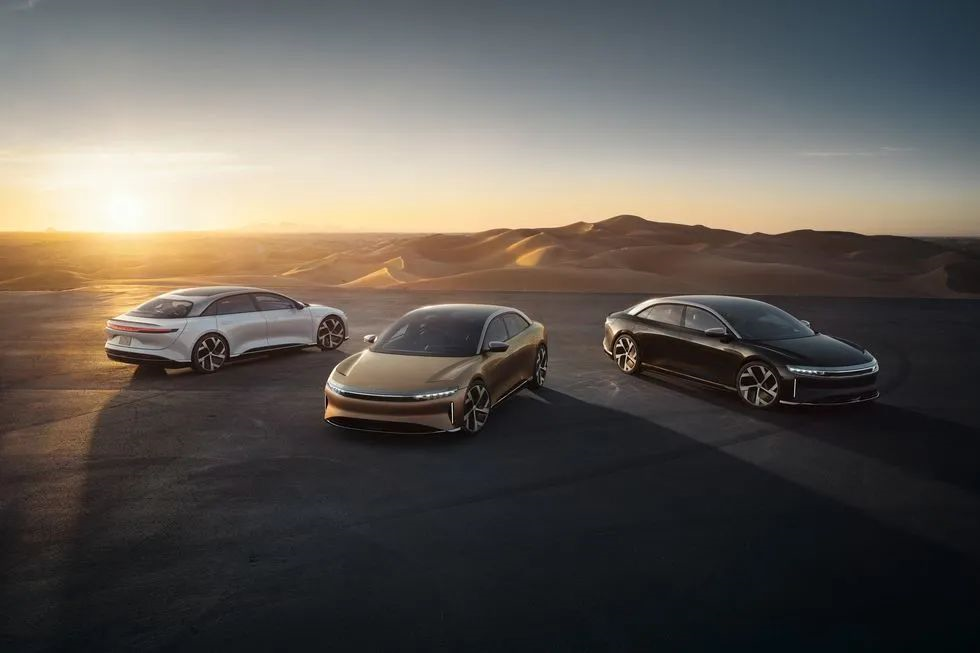Author: Michelin
When it comes to the love-hate relationship between Lucid and Tesla, it could probably be serialized for three days and three nights.
Since Lucid Motors went public on Nasdaq in July this year, their remote interaction has intensified. Just last month, Musk made a cryptic remark on social media: It’s odd that some companies have such a high valuation without delivering a single car. Two weeks later, Lucid announced that the first batch of deliveries would take place on October 30. Their tacit cooperation is quite impressive.
It’s not surprising that Musk made a cryptic remark. On October 28, the same day Lucid Air announced it was about to be delivered, Lucid’s stock price soared by as much as 40% during intraday trading. After delivering the first 520 Lucid Air vehicles, Lucid’s market capitalization has broken through $60 billion today. This figure may not mean much compared to Tesla, which recently broke a trillion-dollar market cap. However, let’s look at it from another perspective: the company that just delivered 520 vehicles now has a higher market capitalization than ideal and XPeng, which have “monthly sales exceeding ten thousand” in China.
Even as a bystander, I have to ask: why? Is it because of its nickname “Tesla Killer”? Or is the first batch of Lucid Air deliveries more impressive than we had imagined?
“Advertisement” Even More Incredible Power Parameters
On the last Saturday of October, Lucid held an event called “Dream Delivery” in California. Just looking at the name, you can tell that this event was specifically prepared for the first batch of deliveries of the limited edition Lucid Air Dream Edition. This is also the highest-configured among the four models currently announced by Lucid and costs $169,000.
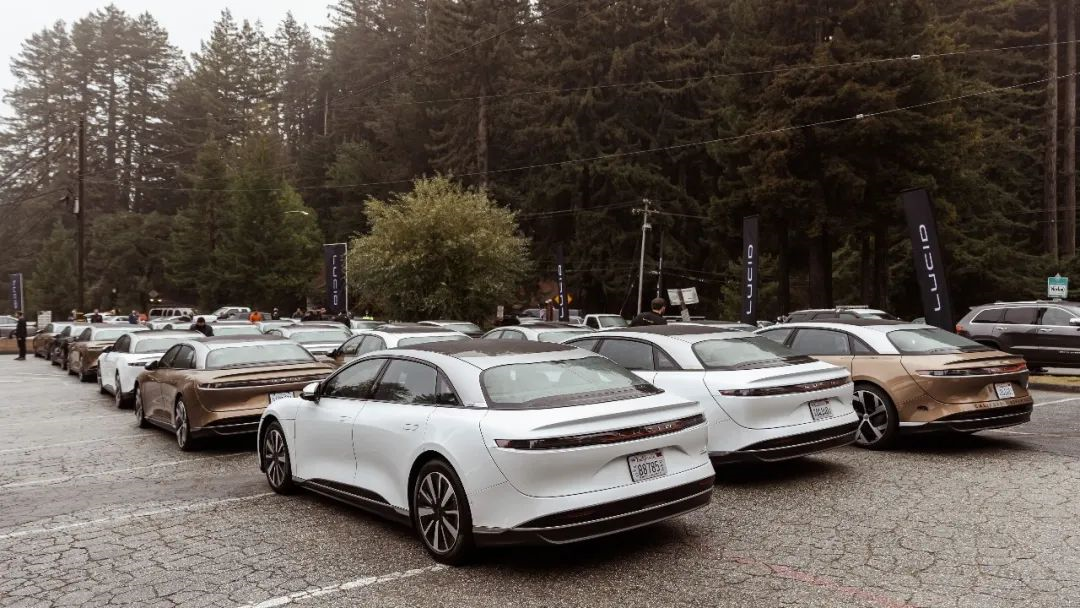
 At last year’s Lucid Air launch event, the Dream Edition was announced with impressive performance stats: over 1000 horsepower comparable to a supercar, 0-60 mph (96 km/h) acceleration in 2.5 seconds, and an EPA range exceeding 800 km… At the time, some people were skeptical about how many of these promises would actually be fulfilled in the final production vehicle. As it turned out, the delivered version exceeded the reported benchmarks.
At last year’s Lucid Air launch event, the Dream Edition was announced with impressive performance stats: over 1000 horsepower comparable to a supercar, 0-60 mph (96 km/h) acceleration in 2.5 seconds, and an EPA range exceeding 800 km… At the time, some people were skeptical about how many of these promises would actually be fulfilled in the final production vehicle. As it turned out, the delivered version exceeded the reported benchmarks.
The Dream Edition delivered this time comes in two versions, Performance and Range, each with three driving modes: Smooth, Swift, and Sprint. The Performance version can generate a maximum output power of 1111 horsepower, accelerate from 0-60 mph in 2.42 seconds, and complete a quarter-mile in 9.67 seconds. The only electric car capable of competing with these stats is Tesla’s Model S Plaid, which set the fastest lap time at the Nurburgring (maximum power 1020 horsepower, 0-60 mph acceleration in 1.96 seconds).
From foreign media’s test-drive experiences, it’s clear that high-speed acceleration is a major advantage of high horsepower. When the electric motors are rotating at low speeds, the whole process of releasing the accelerator, stopping the vehicle, and restarting acceleration using single-pedal mode is smooth. However, when the speed reaches 30 mph (about 48 km/h), the acceleration response becomes very fast when the accelerator is fully pressed; even at a speed of over 100 km/h it still has very sharp and aggressive acceleration.
In addition to its power performance, the Lucid engineer’s proudest point is the efficiency and integration of the power system. At last year’s event, the Lucid Air launch demonstrated a portable motor weighing only 74kg. The motor body, gearbox, differential, inverter, and control unit are all integrated together, resulting in high transmission efficiency and strong space compression capability.The reflection on real car data is quite obvious: Lucid Air has a battery capacity of 112 kWh, but unlike Tesla, Lucid did not integrate the thermal pipeline with the battery cells. Instead, the battery cells are tightly arranged and packaged, making the 112 kWh battery pack smaller in size than Model S’s 100 kWh battery pack. Meanwhile, compared to Model S Plaid, Lucid Air has a 12% larger battery capacity (112 kWh vs. 100 kWh), but a 28.5% longer range. According to EPA, the range can reach 520 miles (837 km).
Domestic EV enthusiasts may be accustomed to the slogan “range breakthrough 1000 km”, however, before this, the top 4 positions of the U.S. EV market in terms of range were always dominated by Tesla’s four models. With Musk’s cancellation of Model S Plaid+, Lucid Air’s 837 km range has been directly crowned with the label of “longest range in the U.S. market” by foreign media.
Another expression brought by high integration is the strong ability of space compression. The frunk of an electric car can indirectly reflect its integration capacity and design level. Previously, Tesla’s frunk was already leading the industry. This time, Lucid Air’s frunk reaches 202 L, and the total front and rear trunk volume is 900 L. No wonder Lucid boasted by fitting the frunk of four competing models into their own frunk.
Apart from range, the fast-charging capability is what users care about most in an EV. Unlike the leading 800 V high-voltage platform in the industry, this car is equipped with a pure 900 V high-voltage platform, which can peak at 300 kW and run for 480 km in 20 minutes of fast-charging. According to some foreign media outlets, users have actually experienced a peak power of over 250 kW during the charging process, which is not far behind Tesla’s V3 supercharger with 250 kW peak power, although it has not yet reached the brand-advertised 300 kW peak power due to infrastructure limitations.
Balancing Comfort and Handling: No Air Suspension?Apart from the three-electric system, an interesting point is that as a luxury electric car with a price of $169,000, Lucid Air does not come equipped with an air suspension system, which is standard on its old rival Model S. What is Lucid’s special consideration for this? The explanation given by Lucid is that the spring of the air suspension system has a certain lag and may reduce the shock absorption efficiency, which will affect the handling and driving experience.
Lucid uses semi-automatic damping and mechanical variable steering in the suspension system, which isolates vibration, maintains comfort, and is sensitive enough. When turning, it is clean, sharp, sensitive, and balances the driving experience and comfort.
Of course, there are different opinions. In the first batch of test drives, some people responded that the noise from the tire’s inner cavity inside the car when driving at high speeds in the Lucid Air was relatively large, especially compared to the Mercedes EQS, which is also positioned as a “luxury electric car” and provides much quieter experience.
Although dubbed as a “Tesla killer”, Lucid has always emphasized its luxury attributes as a “luxury pure electric performance car”, which comes from the texture of the interior, and of course, the intelligent assisted driving features.
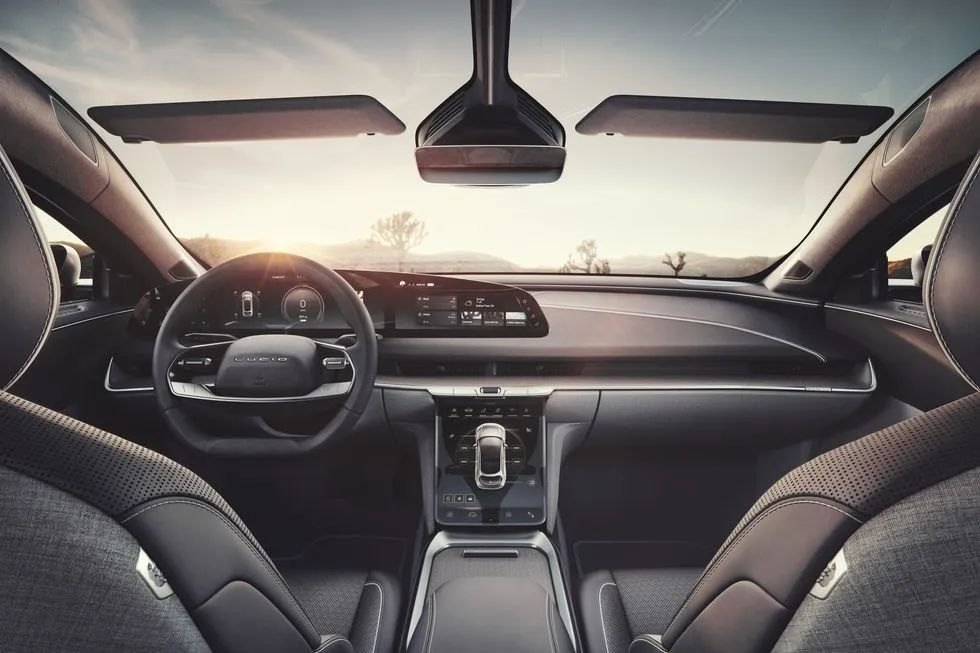
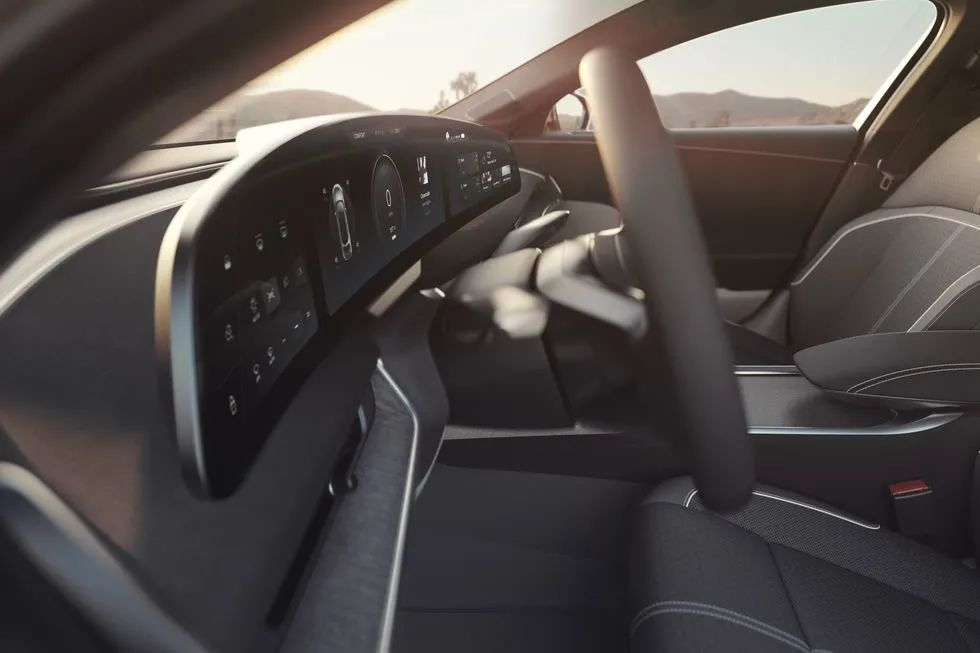 Compared with the Model S, the texture of Lucid Air’s interior is more like that of a German BBA-level car. The rear space is large, and the seat support and wrap feel are relatively strong. Of course, in addition to the “don’t sweat the small stuff” Tesla, the price of nearly $170,000 also requires basic requirements for interior design and workmanship.
Compared with the Model S, the texture of Lucid Air’s interior is more like that of a German BBA-level car. The rear space is large, and the seat support and wrap feel are relatively strong. Of course, in addition to the “don’t sweat the small stuff” Tesla, the price of nearly $170,000 also requires basic requirements for interior design and workmanship.
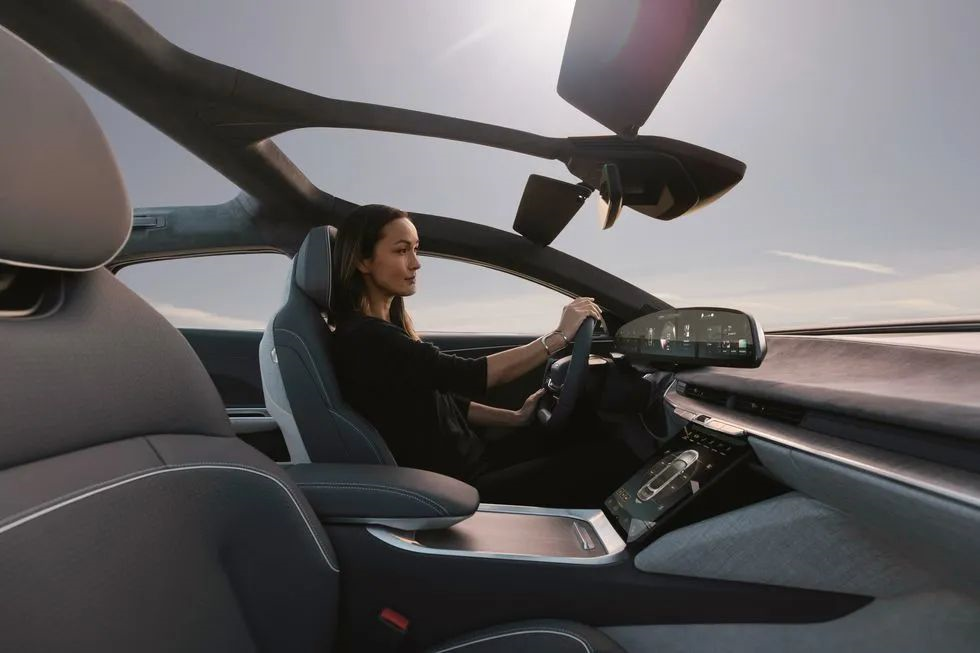
In terms of assisted driving, the DreamDrive driver assistance system, which is standard on Lucid, is equipped with 32 sensors, including 14 cameras, 5 radars, 12 ultrasonic sensors, and a front-facing lidar. This is also the first model with a lidar system delivered in the US market.
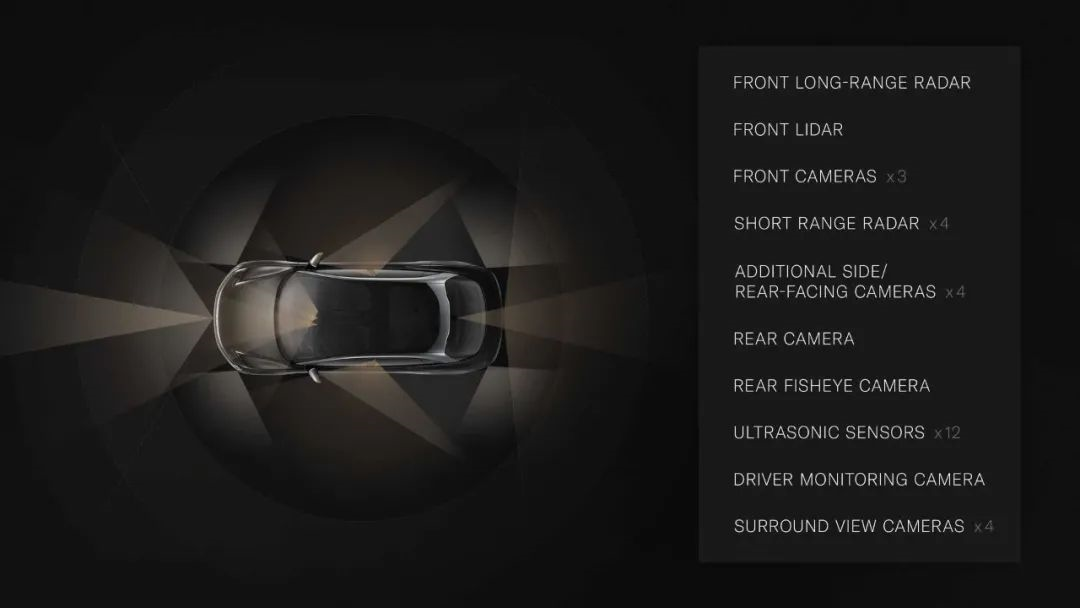
During the test drive by foreign media, when turning the steering wheel, the left side of the fan-shaped speed area in the dashboard will automatically display the blind spot after turning; the adaptive cruise control and lane centering functions can be turned on by the roller on the left side of the steering wheel. Adjust the cruise speed, and you can also release your hands. There is a DMS camera in the cabin, and when the driver deviates from the front for 15 seconds, the system will issue a warning to remind the driver to focus their attention.
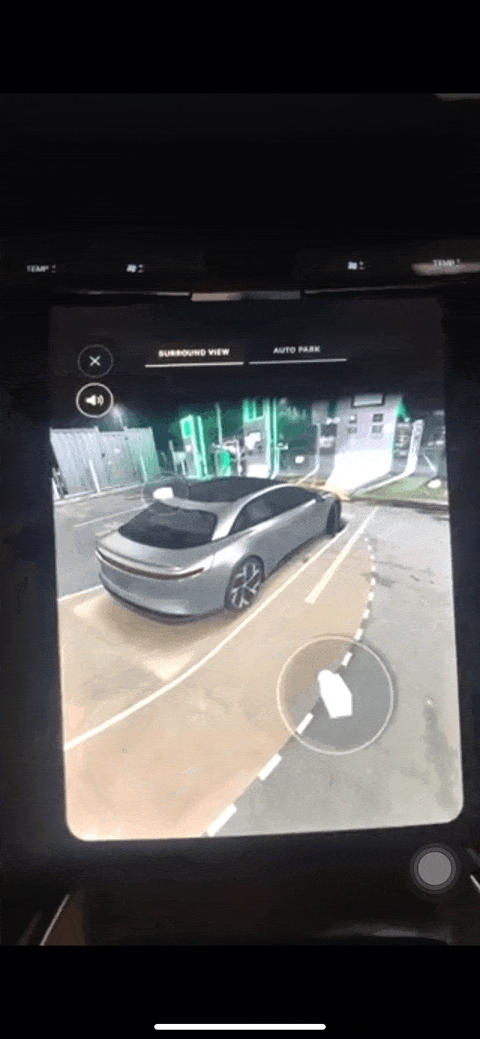
However, during the experience, there were some small problems with the driver monitoring system. When the driver intentionally turned their head to look back or lowered their head for dozens of seconds, the system did not give a timely warning. It seems that this function needs to be adjusted in later products.
Finally
After experiencing the Lucid Air Dream Edition, we have returned to the initial question: why does Lucid have such a high market value and cause so much attention?
In addition to the indecipherable relationship with Tesla, its inherent technological genes and innovative attributes also attract geeks from all over the world to a certain extent.
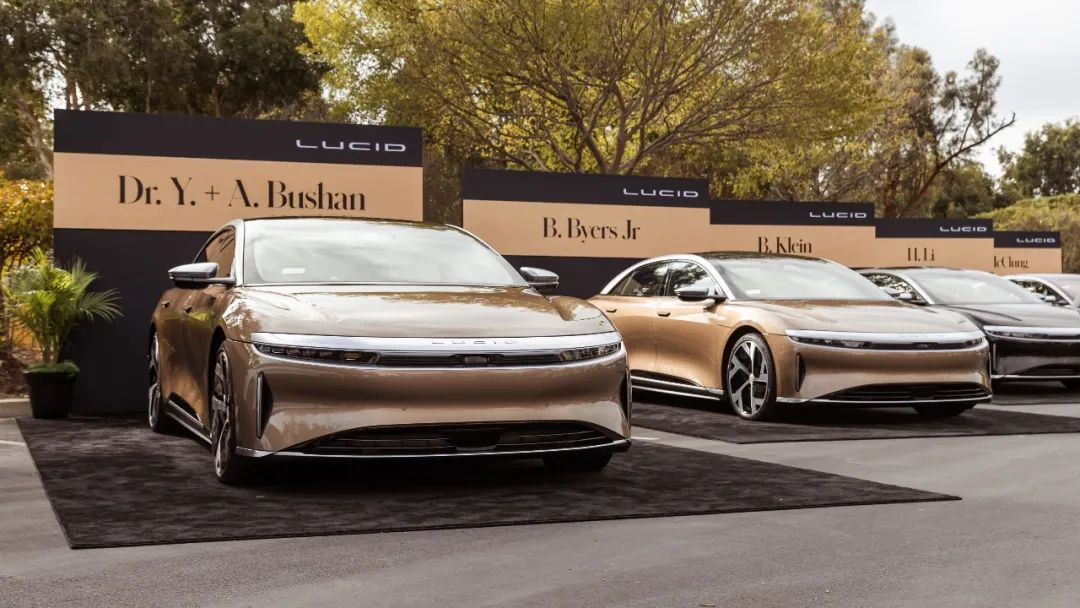
Many people have compared Tesla to the catfish of the electric car era, stirring up the pattern of the global auto industry. When Tesla gradually “goes crazy” in the mass market, there is a competitor in the high-end electric vehicle field to become Tesla’s catfish, which is quite something to look forward to.
I wonder when Lucid will come to China?
This article is a translation by ChatGPT of a Chinese report from 42HOW. If you have any questions about it, please email bd@42how.com.
